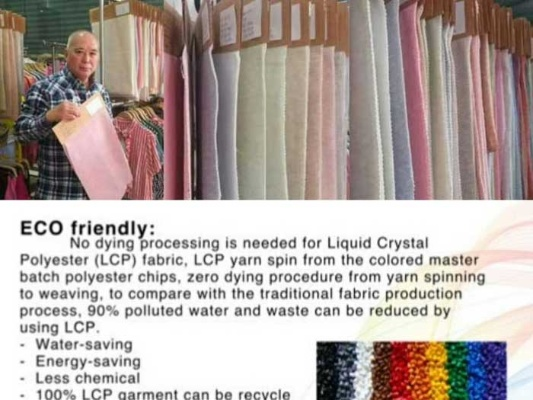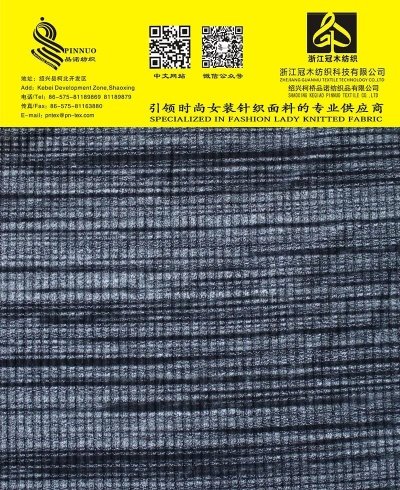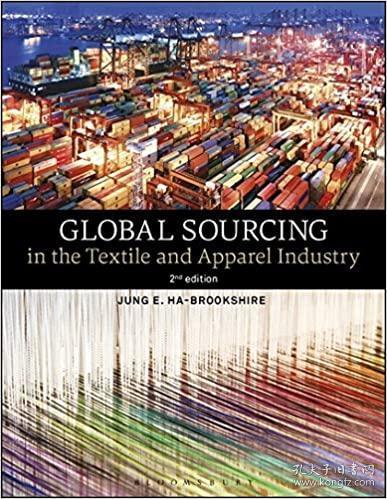Textile Components Testing Standards:A Guide for Quality Assurance
This paper provides a comprehensive guide to textile components testing standards, aimed at helping quality assurance professionals ensure compliance and adherence with internationally recognized industry standards. The discussion encompasses an overview of the various testing methods and their applications in different industries, highlighting the importance of these standards in maintaining product safety, quality, and reliability. The guide also covers the key aspects of testing, including sample preparation, test protocols, and data interpretation, providing detailed information on how to perform these processes effectively. Additionally, the paper discusses the challenges faced by quality assurance professionals when implementing these standards and offers insights into best practices for optimizing testing processes. Overall, this guide aims to provide a valuable resource for those seeking to understand and implement textile component testing standards effectively, ensuring high-quality products that meet regulatory requirements and customer expectations.
Introduction: Textile products have become an indispensable part of our daily lives. They are used in various applications ranging from clothing to home furnishings, making their quality and composition crucial for both manufacturers and consumers. To ensure the safety and quality of textile products, testing standards play a vital role. These standards define the methods, parameters, and criteria for testing textile components, such as fiber type, yarn count, weave pattern, colorfastness, and more. This guide aims to provide insights into textile components testing standards and highlight how they can contribute to the overall quality assurance process of textile products.
Fiber Type and Blends: Textile products are made up of various fiber types, each with its unique properties. For example, cotton is soft and breathable, while polyester is durable and water-resistant. When blending different fibers, it's important to consider their compatibility, strengths, and limitations. The standard GB/T 29861-2013 provides detailed guidance on determining the type and blend of fibers used in textile products, including their chemical composition, physical properties, and functional characteristics.

Yarn Count and Denier: The yarn count (or denier) is another critical parameter in determining the strength and durability of textile products. It refers to the number of threads per inch and is expressed in terms of weight or thickness. The standard GB/T 29860-2013 specifies the calculation methods for calculating yarn count and denier based on weight, length, and diameter. By using these standards, manufacturers can ensure that their products meet the necessary requirements for strength, comfort, and longevity.
Weave Pattern: The weave pattern is another essential factor in determining the structural integrity and functionality of textile products. Standards like GB/T 4649-2013 outline the classification of weave patterns based on density, texture, and aesthetics. Understanding the differences between different weave patterns can help manufacturers select the appropriate materials and techniques for creating high-quality products.
Colorfastness: Colorfastness refers to the ability of textile products to retain their colors under normal use conditions. The standard GB/T 5745-2013 covers a wide range of colorfastness tests, including dyestuffs and pigments, measuring the fastness of colors against washing, rubbing, and sunlight. Compliance with these standards ensures that textile products maintain their vibrant colors over time and remain attractive to consumers.
Conclusion: In conclusion, understanding and following textile components testing standards is crucial for ensuring the quality and safety of textile products. Standards like GB/T 29861-2013 provide detailed guidance on determining the type and blend of fibers, yarn count and denier, weave pattern, and colorfastness. By adhering to these standards, textile manufacturers can produce products that meet consumer needs and expectations while also promoting sustainable and eco-friendly practices.
随着人们对纺织品品质要求的不断提高,纺织品成分测试国标的重要性日益凸显,本篇文章将围绕纺织品成分测试国标进行深入探讨,并通过案例分析,让读者更好地了解这一标准。
纺织品成分测试国标概述
纺织品成分测试国标是衡量纺织品质量的重要依据,主要涉及纤维类型、含量、性能等方面的测试,根据国家标准,纺织品成分测试主要包括纤维类型识别、含量测定、性能评估等方面,纤维类型识别是基础,含量测定是关键,性能评估则是衡量纺织品质量的重要指标。
国标测试方法及流程
- 纤维类型识别:通过化学分析、显微镜观察等方法确定纤维类型。
- 含量测定:采用重量法、比表面积法等现代分析方法测定纤维含量。
- 性能评估:包括吸水性、透气性、耐洗色牢度、耐摩擦色牢度等方面。
国标测试流程一般包括样品采集、样品预处理、化学分析、性能测试等环节,样品采集应具有代表性,样品预处理应保证测试结果的准确性。

案例分析
某品牌纺织品成分测试国标案例
某品牌在纺织品生产过程中,严格按照纺织品成分测试国标进行质量控制,该品牌采用现代分析方法,对不同纤维类型进行含量测定,确保产品质量符合国家标准,该品牌注重纤维性能的评估,通过吸水性、透气性等指标的测试,确保产品满足消费者需求。
纺织品成分测试国标在实际应用中的优势
纺织品成分测试国标在实际应用中具有以下优势:一是能够为纺织品生产提供科学依据,确保产品质量符合国家标准;二是能够提高纺织品市场的竞争力和消费者满意度;三是能够促进纺织行业的技术创新和产业升级。
国标测试注意事项
在进行纺织品成分测试国标时,需要注意以下几点:一是要严格按照国家标准进行测试,确保测试结果的准确性;二是要保证样品采集的代表性,避免误差;三是要注重样品预处理的质量控制,保证测试结果的可靠性。
纺织品成分测试国标是衡量纺织品质量的重要依据,对于提高纺织品品质、保障消费者权益具有重要意义,在实际应用中,我们应该严格按照国家标准进行测试,注重样品采集的质量控制,提高纺织品市场的竞争力和消费者满意度,我们也要不断推进纺织行业的技术创新和产业升级,推动纺织行业的发展。
Articles related to the knowledge points of this article:
Top Picks for Shanghai Home Textile Essentials
Embracing Innovation:The Journey of Shaoxing Jingsi Textiles
A Comprehensive Overview of Textile Industry Knowledge Notes
Suzhou Xinying Textiles:Navigating the Global Fashion Industry
The Incredible World of Materials Made from Tree Bark
Fabric Testing in Wuxi A Journey Towards High-Quality Textiles



